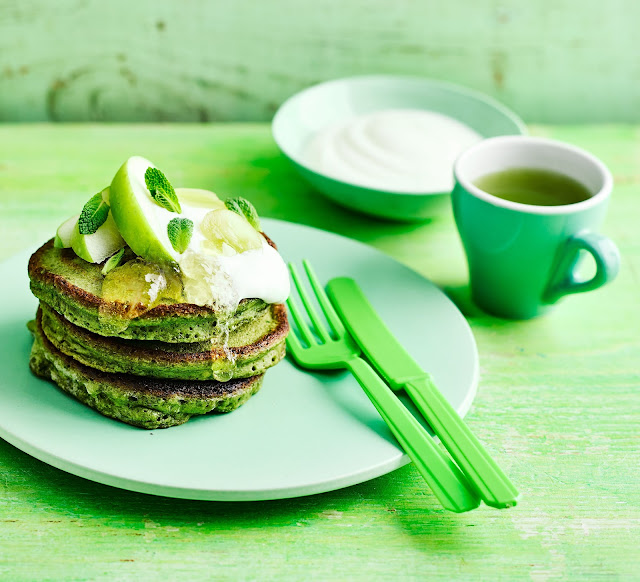Matcha Market Business Opportunities by Leading Players, Incremental Revenue Growth and Trends Outlook to 2028
Green tea leaves that have undergone particular processing are used to make matcha, a powder. Before being harvested, the tea leaves needed to make matcha are specially grown in darkness for three weeks to encourage increased amounts of chlorophyll. Matcha Market processing can take up to 20 days, during which time the veins and stems of these leaves are cut out. Matcha is ground slowly in order to preserve the flavour and aroma. 30 grammes of matcha are produced in at least an hour. The amount of amino acids in matcha leaves determines their flavour; the best grades can be distinguished by their extreme sweetness and scent. China and Japan are the main producing countries of matcha.
The Matcha Market is expanding as people become more and more aware of the health advantages of matcha tea. Matcha has a high level of antioxidants, especially EGCG, which helps to prevent cancers of the bladder, prostate, cervix, and brain. Matcha's high amino acid content aids in stress reduction, improves mental clarity and alertness, and guards against chronic diseases including diabetes and gastrointestinal disorders. Matcha is frequently used to manage weight reduction because it is believed to increase metabolism and burn calories. Globally rising health and beauty consciousness is driving up matcha tea demand, which is driving up the matcha market's expansion. Matcha tea is readily available at retail establishments, online marketplaces, and supermarkets, among others, which is fuelling the expansion of.
The classic group, which makes up the greatest portion of grades, is anticipated to continue to dominate the Matcha Market. The demand for classic grades is primarily driven by the grade's delicate flavour and rich nutrient content. Due to the growing influence of Japanese culture and rising purchasing power of the public, the normal tea segment dominates the market among applications. In consequence, it is anticipated that rising diabetes rates will increase demand for matcha tea. For instance, regular drinking of green matcha tea can boost fat oxidation during moderate-intensity exercise and can enhance insulin sensitivity and glucose tolerance, according to a research study published in the American Journal of Clinical Nutrition in 2008.




Comments
Post a Comment